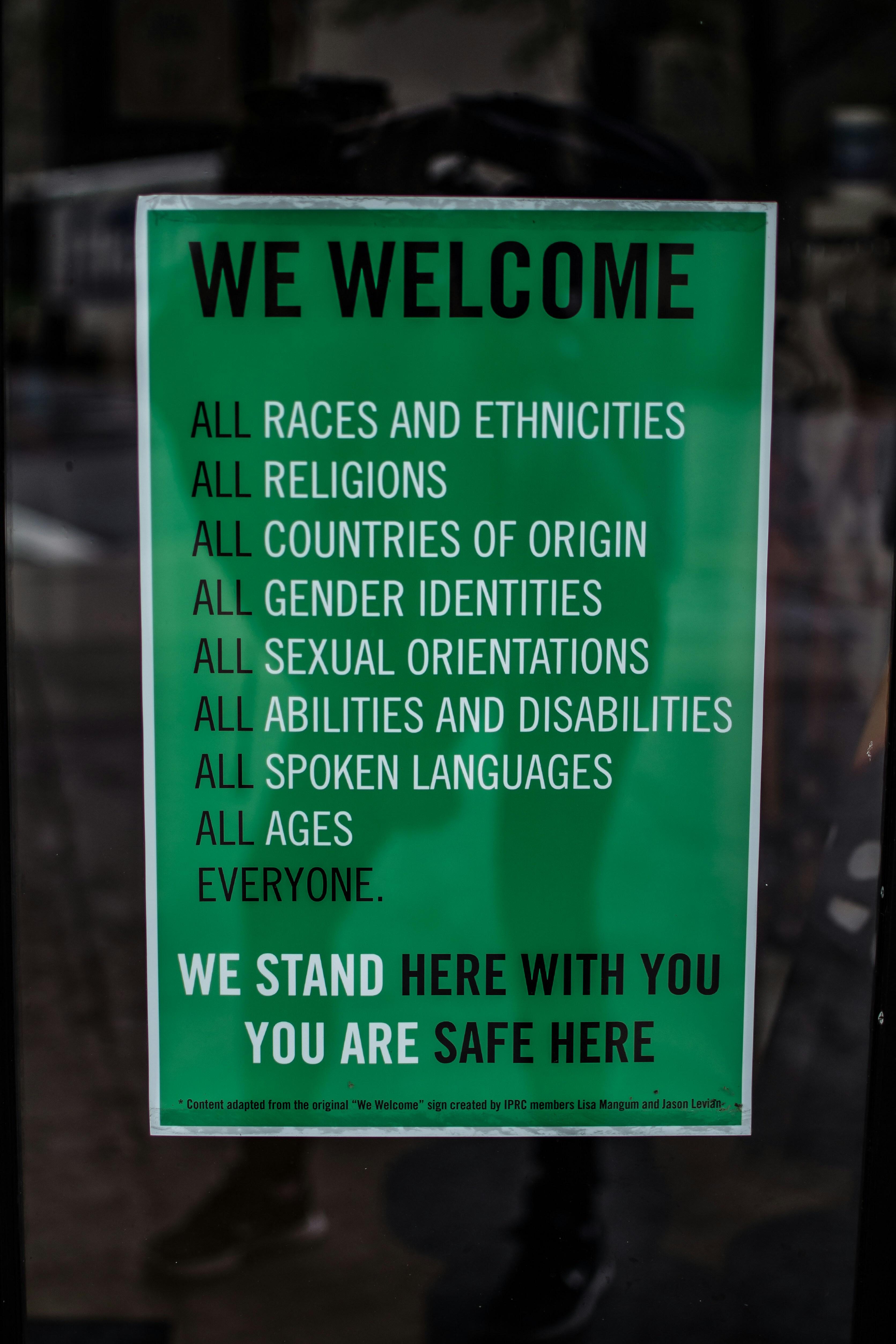In recent years, Hollywood has made significant strides toward embracing diversity in animated films, a medium historically dominated by a narrow spectrum of voices and perspectives. This evolution reflects broader societal demands for representation that mirrors the multifaceted nature of global audiences. However, as studios increasingly spotlight characters and narratives from a variety of cultural, racial, and gender backgrounds, a critical question arises: does this push for diversity truly foster genuine inclusivity, or does it merely serve as a tokenistic gesture to appease growing calls for change? This article delves into the complexities surrounding Hollywood’s efforts, examining whether these initiatives authentically amplify diverse voices or if they risk reducing rich cultures to mere checkboxes in a bid for social approval. Through a balanced exploration of industry practices, creative intentions, and audience perceptions, we aim to uncover the true impact of diversity in the animated film landscape.
Examining Representation: Genuine Inclusion vs. Tokenism in Animated Narratives
In recent years, the animated film industry has been under scrutiny for its attempts to diversify the stories and characters it presents. While some films have been lauded for their authentic portrayal of diverse cultures and identities, others have been criticized for superficial inclusivity. This leads to a critical examination of whether these efforts are genuinely inclusive or merely tokenistic. Genuine inclusion in animated narratives is characterized by:
- Complex Characters: Characters from diverse backgrounds are given depth and a range of emotions, moving beyond stereotypes.
- Cultural Authenticity: Storylines and character designs reflect genuine cultural nuances, often involving creators from those communities.
- Narrative Relevance: Diversity is integral to the storyline, not just an afterthought to meet diversity quotas.
Conversely, tokenism often manifests as:
- One-dimensional Characters: Diverse characters lack development and serve as mere background or sidekicks.
- Cultural Misrepresentation: The portrayal of cultures is shallow, relying on clichés rather than authentic representation.
- Superficial Storylines: Diversity is added for appearance, with no significant impact on the plot or character arcs.
The challenge lies in discerning whether Hollywood’s efforts are a sincere push towards representation or simply a response to societal pressures. This distinction is crucial as it shapes the narratives that audiences, especially younger ones, consume and internalize.

Analyzing the Impact of Diverse Casting on Storytelling Quality
The inclusion of diverse voices in animated films is reshaping the landscape of storytelling, pushing narratives beyond conventional boundaries. Diverse casting brings with it a spectrum of perspectives that enrich the narrative fabric, allowing stories to resonate with a wider audience. When done authentically, it enables the exploration of cultural nuances, traditions, and viewpoints that were previously underrepresented or misunderstood. This approach can deepen character development and enhance plotlines, providing a more comprehensive and empathetic portrayal of human experiences.
However, the risk of tokenism looms large, where diversity is merely a checkbox rather than a meaningful contribution to the story. When diversity is superficial, it can lead to shallow characterizations and plotlines that fail to resonate. Key indicators of tokenism in casting might include:
- Stereotypical portrayals that reinforce clichés rather than challenge them.
- Lack of depth in characters from diverse backgrounds, reducing them to mere sidekicks or plot devices.
- Inconsistent narratives that do not integrate cultural elements authentically.
Ultimately, the impact on storytelling quality hinges on the intent and execution of diversity efforts. When filmmakers prioritize genuine representation and depth, diverse casting can transform animated films into powerful vehicles for inclusivity and understanding.

Behind the Scenes: Diversity in Animation Production Teams
In recent years, the animation industry has seen a noticeable shift towards embracing diversity within production teams. This movement, driven by Hollywood’s broader push for inclusivity, has opened doors for many underrepresented voices. However, the impact of these changes remains a subject of debate. On one hand, there are genuine efforts being made to create environments where diverse talents can thrive. Studios are actively recruiting from a wide array of backgrounds, ensuring that different perspectives are represented in both creative and technical roles.
On the other hand, some critics argue that these initiatives sometimes feel tokenistic, merely ticking diversity boxes without fostering true inclusivity. Instances of diverse hires being sidelined or their contributions undervalued raise concerns about the depth of this commitment. Additionally, there are questions about whether these diverse teams are being given meaningful opportunities to influence storytelling and decision-making processes. The balance between authentic representation and superficial gestures remains a delicate one, urging the industry to reflect on its practices and the genuine inclusion of all voices.

Strategies for Achieving Authentic Representation in Hollywood Animation
In the quest for genuine inclusivity, Hollywood must prioritize authentic storytelling by hiring diverse voices behind the scenes. This involves not only casting actors from various backgrounds but also ensuring that writers, directors, and producers bring their unique perspectives to the table. By embracing a wide array of cultural narratives and experiences, animated films can transcend tokenistic gestures and resonate with audiences on a deeper level.
- Inclusive Casting: Move beyond stereotypical roles and actively seek out diverse talent for both voice acting and creative leadership positions.
- Collaborative Partnerships: Foster relationships with cultural consultants and community leaders to ensure respectful and accurate portrayals of different cultures.
- Continuous Education: Implement ongoing training programs for industry professionals to better understand the nuances of cultural representation.
- Transparent Decision-Making: Encourage openness in the creative process, allowing for diverse input at every stage of production.
Through these strategies, Hollywood can shift from a surface-level approach to one that truly values diversity as a cornerstone of storytelling. The result is a more authentic and inclusive cinematic experience that reflects the rich tapestry of the world we live in.
In Summary
the debate over whether Hollywood’s push for diversity in animated films feels genuinely inclusive or merely tokenistic is a complex and multifaceted issue. While there have been commendable strides towards greater representation, the industry still grapples with challenges that question the authenticity of these efforts. Genuine inclusivity requires more than just checking boxes; it demands a deep commitment to diverse storytelling, authentic character development, and meaningful opportunities for underrepresented voices both in front of and behind the camera. As audiences become increasingly discerning, the pressure is on Hollywood to not only reflect the world’s diversity but to do so in a way that is sincere and impactful. The road ahead may be challenging, but it is a necessary journey towards a more equitable and representative cinematic landscape.
